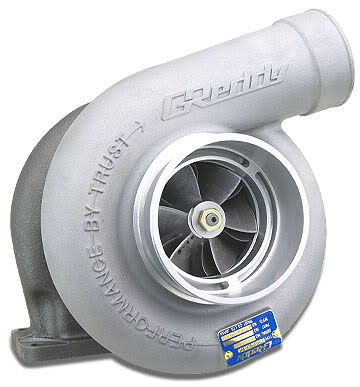http://www.wired.com/images/article/full/2007/08/081307_dayintech_580x.jpg
The picture above is the first inventor rotary engine, now kept in Deutsches Museum in Bonn, Germany. This model is coded as DKM54.
1902: Felix Wankel, inventor of the rotary engine, is born in Lahr, Germany.
Lacking a degree, indeed a university education of any kind, Wankel nevertheless possessed a first-rate technical mind. While still in his early 20s, he conceived of a rotary engine that he hoped would replace the more complicated and less efficient reciprocating piston engine.
Wankel received the first patent for his engine design in 1929, but events were about to overtake him.
On the political front, Wankel couldn't catch a break. After an early flirtation with National Socialism, he ran afoul of the Nazis and was tossed into prison for a few months. Following his release, Wankel spent the prewar years working on rotary valves and sealing technology for several German firms.
He continued in that vein during the war, developing seals and valves for use in German aircraft and in naval torpedoes. That got him imprisoned again, this time by the Allied occupation authorities. They also closed his laboratory and confiscated his work.
By 1951, though, he was back in business and in 1957 finally produced the first prototype of the Wankel rotary engine that would find its way, after various refinements and licensing agreements, into automobiles, aircraft and motorcycles all over the world. At least one company, the Japanese automaker Mazda, built its reputation largely on the rotary engine and continues producing environmentally friendly models to this day.
Wankel (who, interestingly, never learned to drive) is also remembered for his passionate opposition to using animals in medical experimentation. There is even a Wankel prize awarded annually for outstanding research that simultaneously promotes the concept of animal protection in the laboratory.
(Source: Rotarynews.com, Wikipedia)
The picture above is the first inventor rotary engine, now kept in Deutsches Museum in Bonn, Germany. This model is coded as DKM54.
1902: Felix Wankel, inventor of the rotary engine, is born in Lahr, Germany.
Lacking a degree, indeed a university education of any kind, Wankel nevertheless possessed a first-rate technical mind. While still in his early 20s, he conceived of a rotary engine that he hoped would replace the more complicated and less efficient reciprocating piston engine.
Wankel received the first patent for his engine design in 1929, but events were about to overtake him.
On the political front, Wankel couldn't catch a break. After an early flirtation with National Socialism, he ran afoul of the Nazis and was tossed into prison for a few months. Following his release, Wankel spent the prewar years working on rotary valves and sealing technology for several German firms.
He continued in that vein during the war, developing seals and valves for use in German aircraft and in naval torpedoes. That got him imprisoned again, this time by the Allied occupation authorities. They also closed his laboratory and confiscated his work.
By 1951, though, he was back in business and in 1957 finally produced the first prototype of the Wankel rotary engine that would find its way, after various refinements and licensing agreements, into automobiles, aircraft and motorcycles all over the world. At least one company, the Japanese automaker Mazda, built its reputation largely on the rotary engine and continues producing environmentally friendly models to this day.
Wankel (who, interestingly, never learned to drive) is also remembered for his passionate opposition to using animals in medical experimentation. There is even a Wankel prize awarded annually for outstanding research that simultaneously promotes the concept of animal protection in the laboratory.
(Source: Rotarynews.com, Wikipedia)



